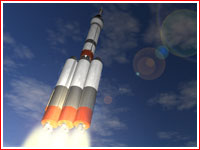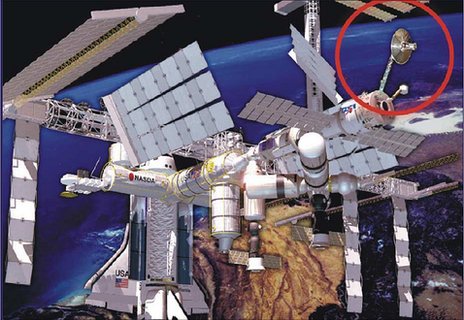E
EarthlingX
Guest
en.rian.ru : Russia to start testing new Angara rocket in 2013
17:25 15/07/2010

Angara rocket
Test launches of Russia's new booster rocket, the Angara, are to start in 2013, the rocket designer said on Thursday.
Vladimir Nesterov, head of the Khrunichev State Research and Production Space Center, said the rocket assembly would be completed in the first quarter of 2011, adding that the first-stage engine was "99% ready" and the second-stage engine had already been tested three times.
He said the only problem that could affect the schedule of tests was delays in the purchase of ground-based equipment that the center was unable to order due to underfunding.
Angara rockets, designed to provide lifting capabilities between 2,000 and 40,500 kg into low earth orbit, are expected to become the core of Russia's unmanned launcher fleet, replacing several existing systems.
The main purpose of the Angara rocket family is to give Russia independent access to space. The rockets will reduce Russia's dependence on the Baikonur space center it leases from Kazakhstan by allowing the launch of heavy payloads from more northerly sites such as Plesetsk and a new space center in Russia's Far East.
Khrunichev is also developing a super-heavy-lift version, the Angara 7, capable of orbiting payloads of 45 to 75 tons, and for which there is no equivalent in Russia's current rocket fleet.
MOSCOW, July 15 (RIA Novosti)








